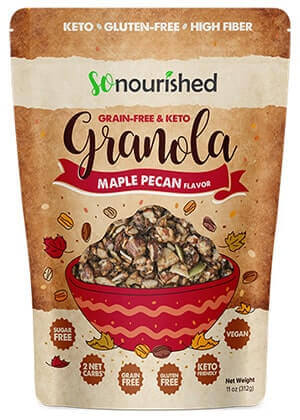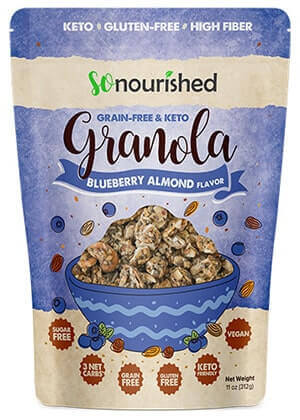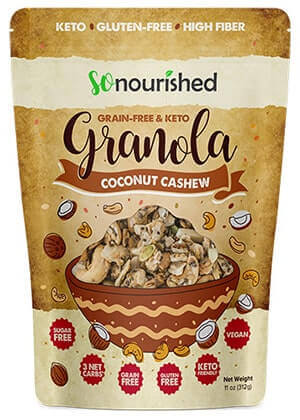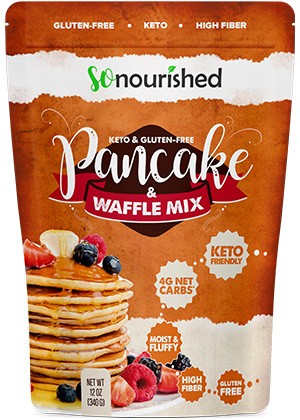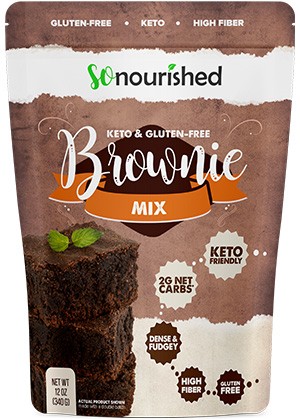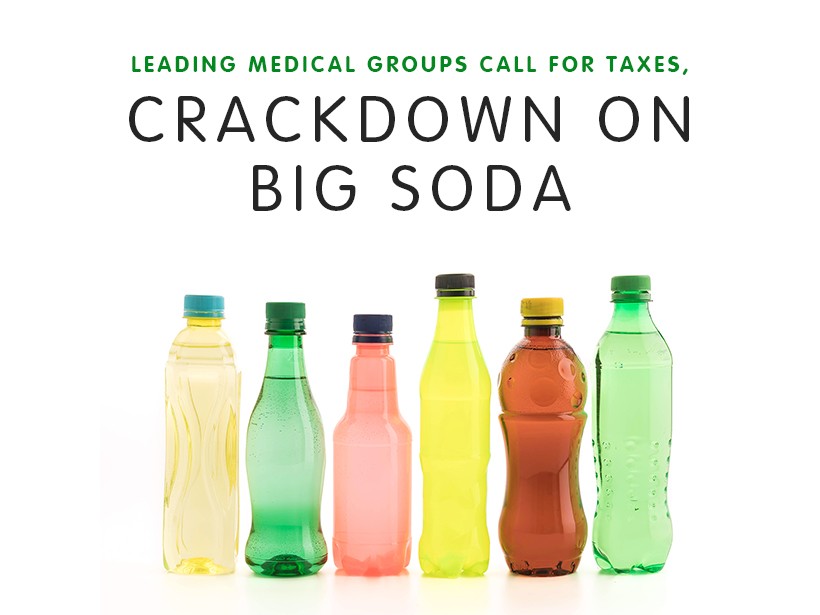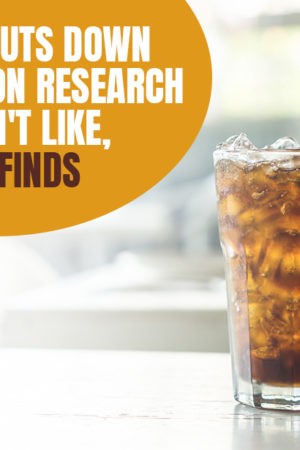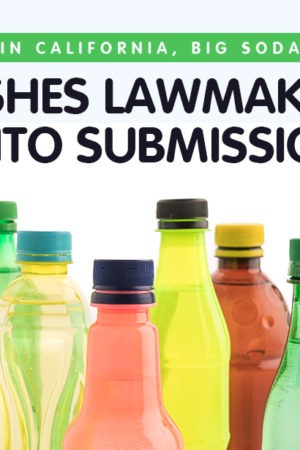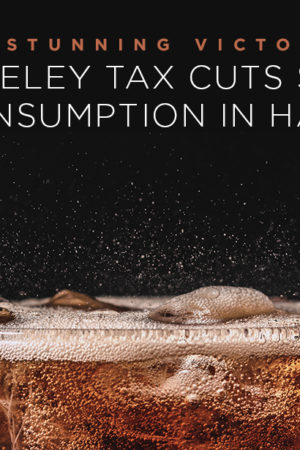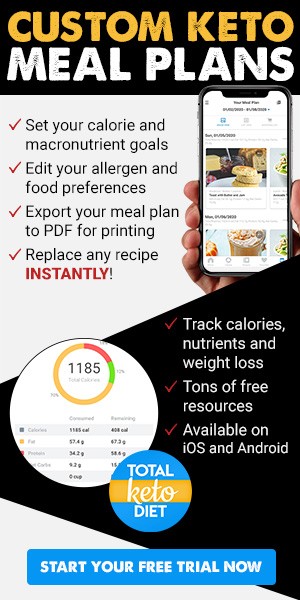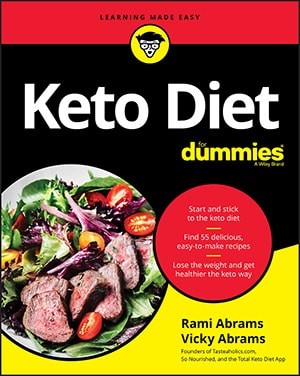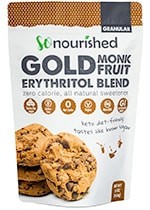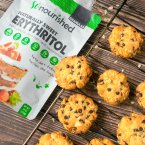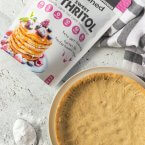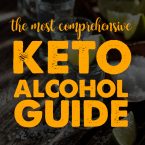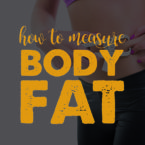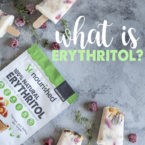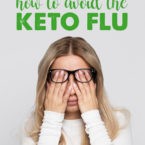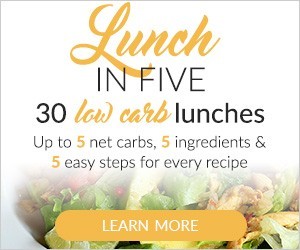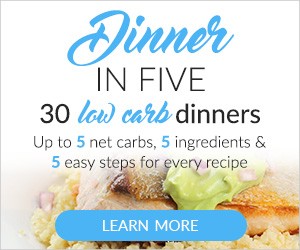For public health advocates, experts, and parents concerned about the amount of sugar their children have access to, there have been a number of promising developments worldwide in the fight against the worst offenders: sugary drinks and sodas. Sugar taxes have proven to be a useful tool in the effort to curb public sugar consumption and are spreading around the world. Similar limits on advertising, especially when it comes to kids, have gained traction in many countries.
Experts ask: How do we protect children from added sugar?
In the United States, however, the effort so far has been mostly local. Cities around the country have faced down tens of millions of dollars in lobbying and advertising from soda companies in an attempt to implement similar taxes on soft drinks. In an effort to spread awareness of sugar’s central role in the national crisis of obesity and obesity-related diseases, two of the leading medical groups in the country issued a joint policy statement endorsing sugar taxes and similar prohibitive measures.
The American Academy of Pediatrics and the American Heart Association are clear in their diagnosis: “Excess consumption of added sugars, especially from sugary drinks, contributes to the high prevalence of childhood and adolescent obesity, especially among children and adolescents who are socioeconomically vulnerable.”1
Their joint statement suggests six solutions to this clear problem, chief among them new taxes on sugary drinks and controls on advertising aimed at children and teens. In addition, the organizations advocate for better nutritional information on packaging, healthier options for people on food assistance programs like the Supplemental Nutrition Assistance Program (SNAP), and better policy-making in general when it comes to encouraging the consumption of healthy beverages instead of soda.
Big Soda on its Heels
The American Beverage Association, which was cited in the report for their millions of dollars spent trying to stifle sugar taxes in California, was incensed by the news. As usual, industry spokespeople claimed they were being unfairly targeted by health advocates. William McDermody, a spokesperson, issued a response that talked about “putting parents in the driver’s seat” and pointed the industry’s new, cutesy effort to get regulators off their back: reducing added sugar in drinks by 20 percent by 2025.2
The truth is that such measures are long, long overdue in the United States, and can’t come quickly enough. “There’s a huge difference between what a typical child is drinking…and what the recommendations are,” said Natalie Muth, lead author of the statement.3 How huge? Consumption of sugary drinks by children in the U.S. has actually declined to about 12 ounces per day, but this is still more than ten times the American Heart Association’s recommended weekly intake of eight ounces. Numbers like these help to reveal the Beverage Association’s voluntary 20 percent pledge for what it really is: weak tea, sweet though it may be.
NUTRITIONAL DISCLAIMER
The content on this website should not be taken as medical advice and you should ALWAYS consult with your doctor before starting any diet or exercise program. We provide nutritional data for our recipes as a courtesy to our readers. We use Total Keto Diet app software to calculate the nutrition and we remove fiber and sugar alcohols, like erythritol, from the total carbohydrate count to get to the net carb count, as they do not affect your blood glucose levels. You should independently calculate nutritional information on your own and not rely on our data. The website or content herein is not intended to cure, prevent, diagnose or treat any disease. This website shall not be liable for adverse reactions or any other outcome resulting from the use of recipes or recommendations on the Website or actions you take as a result. Any action you take is strictly at your own risk.
- California Pushes for Cigarette-Like Warning Labels on Soda - July 1, 2019
- Is a Slowdown in Australia's Sugar Consumption a Sign of More to Come? - June 24, 2019
- Groundbreaking Study Says the Sugar Rush Doesn't Exist - June 12, 2019


